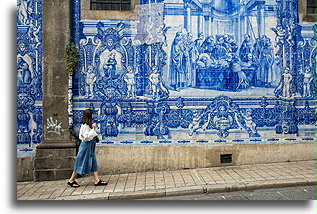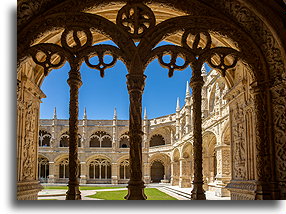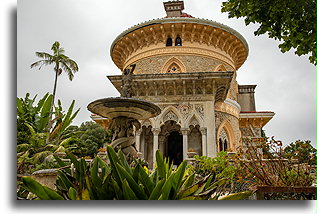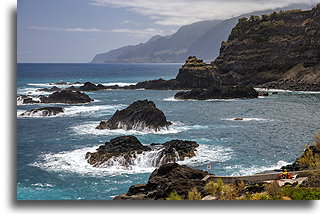By the mid-8th century, most of the Iberian Peninsula was under the rule of the Umayyad Caliphate, the second caliphate established after the death of the Islamic prophet Muhammad. When the caliphate collapsed in 750, the western half of the empire gained its independence. The Emirate of Córdoba was established, ruling most of present-day Portugal and Spain. What is now as Iberia was known to Muslims as Al-Andalus. There was relative religious tolerance there. Society consisted of three main religious groups: Muslims, Christians, and Jews. Arabic was the official language, and the process of Arabization led to conversions to Islam and a corresponding increase in the population of Muslims. Christians drove the Moors (a term used by Christian Europeans to refer to Muslims living on the Iberian Peninsula) out of what is now northern Portugal in the year 1000. The Muslims abandoned the city, leaving it almost deserted. The status of the western region of Iberia was named the County of Portugal after a Roman-Celtic place called Portus Cale (Portu Gale), modern Porto. It was the embryo of the future independent Portugal


The first country in Europe to set out to explore new lands, once one of the largest empires in the world. Portugal, located in the far western corner of Europe, is now famous for the Port Wine and the blue tiles that cover the façades of many buildings.






